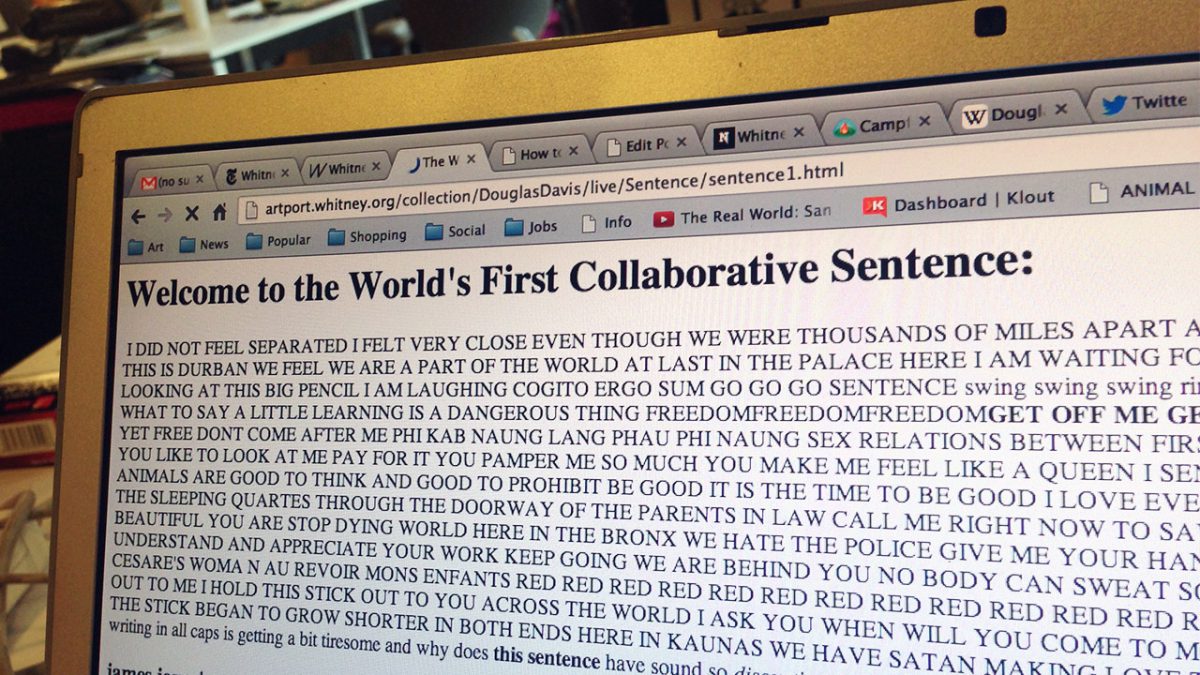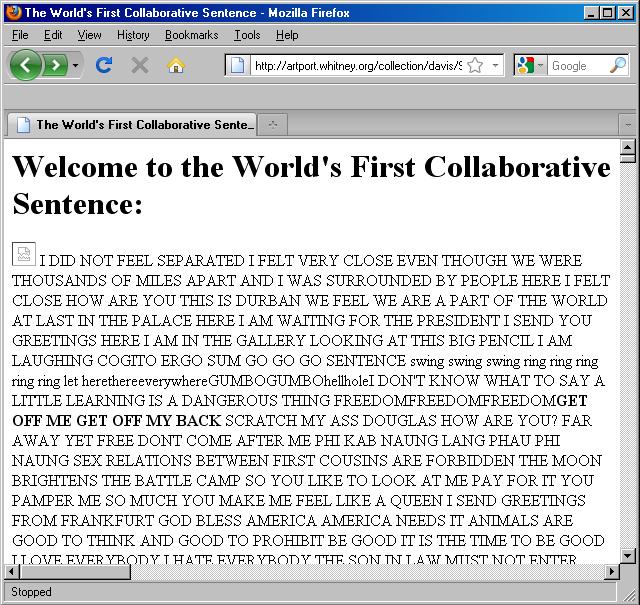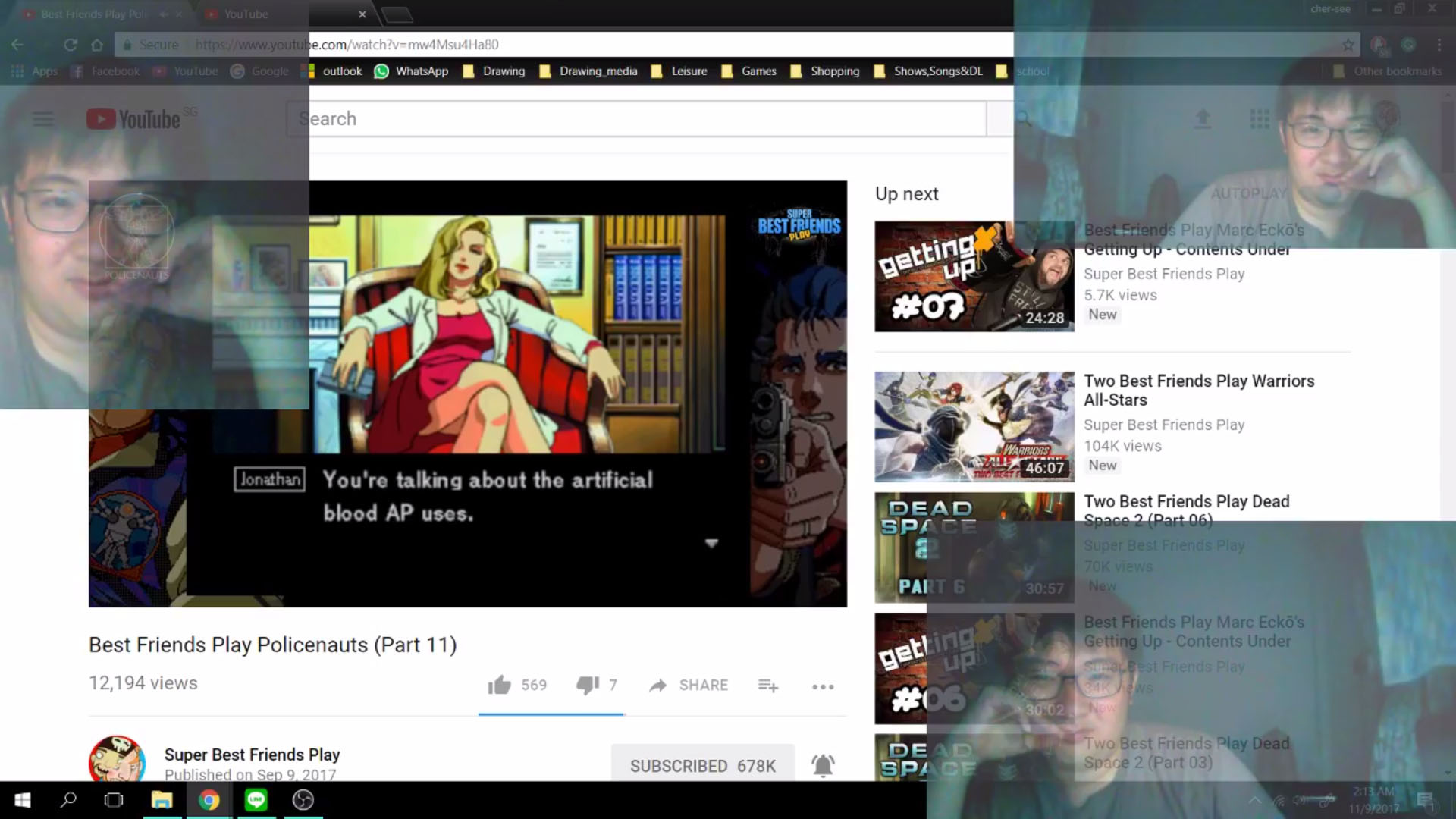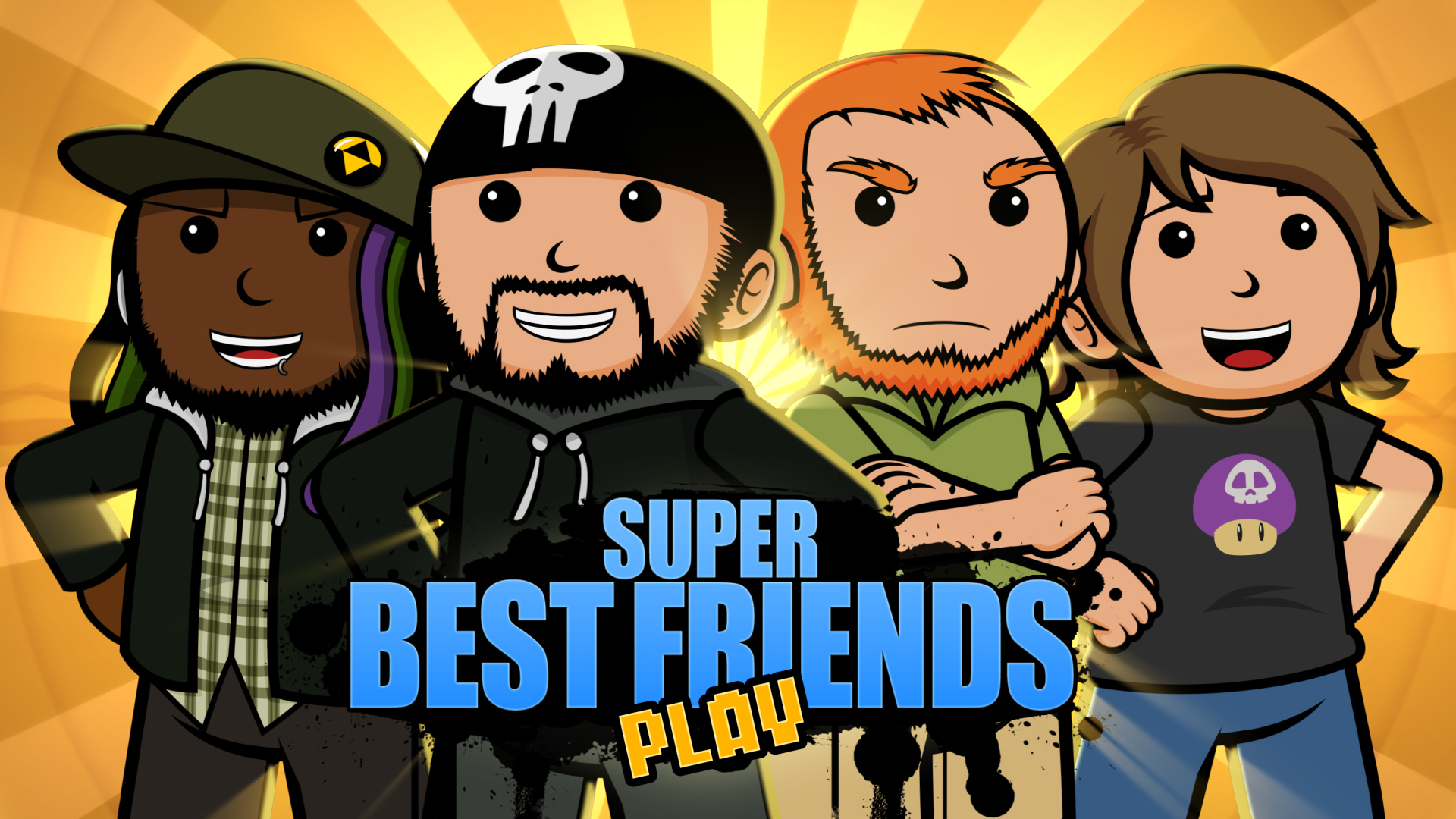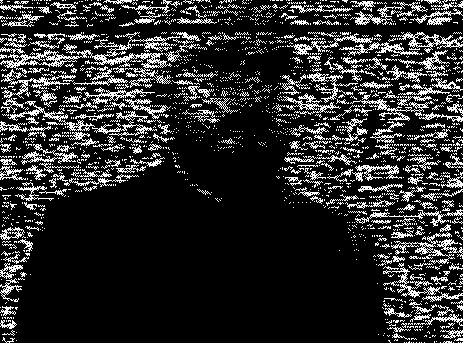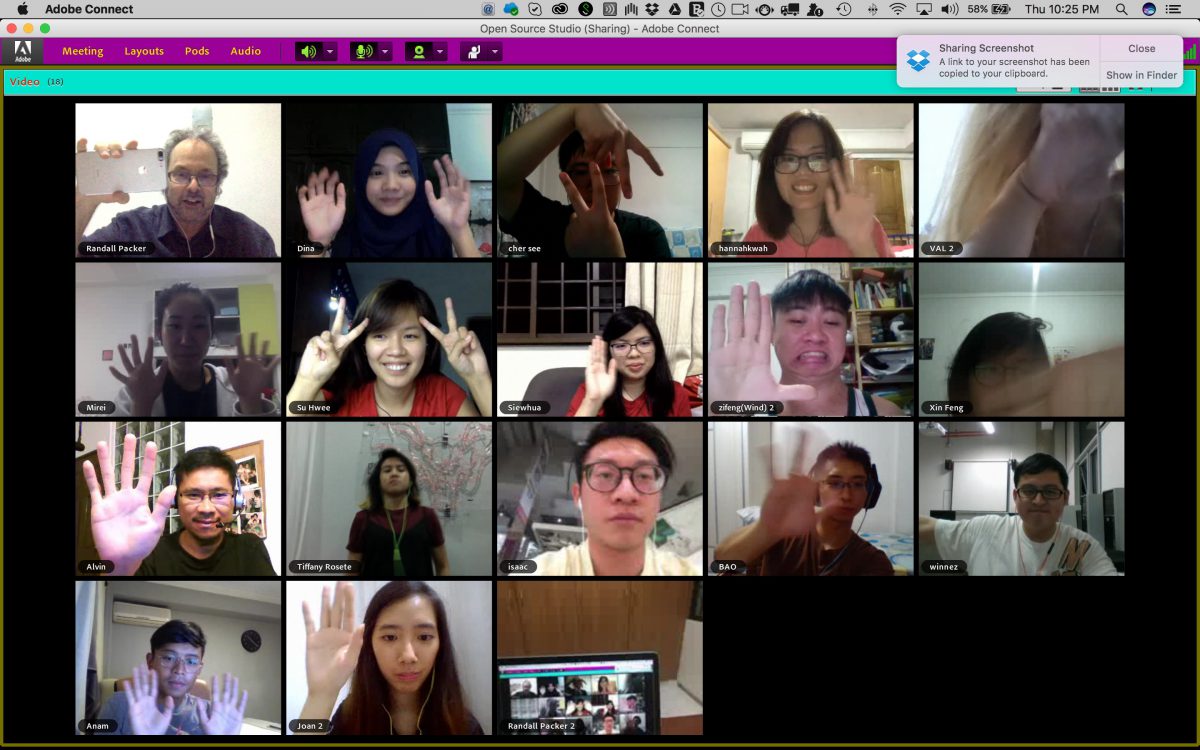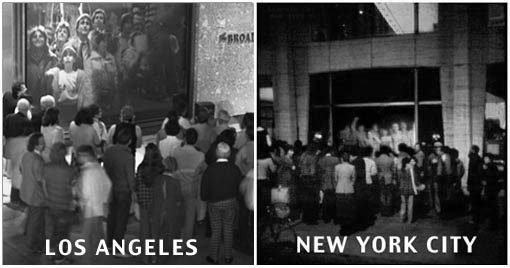Posted by Goh Chersee on Thursday, 21 September 2017
Cher See and Xin Feng CrossStreaming
https://thirdspacenetwork.com/cross-stream-xin-feng-chersee/
Through these 6 weeks of lessons, I had learned much about the “third space” and social broadcasting. I will be bringing up projects or micro-projects that I have done, what I have learned from it and how Xin Feng and I apply this knowledge on our cross-streaming.

The lesson on the VideoFreex was memorable and has taught me about the revolution of broadcasting. It had changed the medium from a fixed, cleaned and choreographed version of broadcasting to a textured and “dirty” one. I believed that I had given Tim Pool as an example of how Videofreex’s work has influenced the generation and educated them on the reality of the streets in America. The ability to broadcast had also shifted the power from the major news network to us, each and every one of us. Instead of watching the news, we could use social media to educate ourselves on the ongoing problems of the world.
Learning from the Videofreex, we have decided that it would be a good opportunity to exaggerate the social problems that we had in our society today. Selling organs in a commercial way was a statement that explores how we as humans were putting a price tag on something that should be priceless. Like how Videofreex were showing the world what was really happening on the streets, the cross stream was a performance to the audiences on how material possessions and money were more important than our well-being in this generation.

I tried to make the cross stream video “dirtier” than before, to personalize the space that I broadcasted. Learning from Bold3RRR by Jon Cates, to explore the norms of today’s social media and defy the pursuit of “clean” virtual space that had plagued our “third space” today. The work reminded us as human beings and how imperfect we are, therefore our creation shouldn’t be as well. We should embrace such imperfection and personalize our space to fit our needs, for example, our desktop was where all the activities took place, therefore one could see such personalization on each individual desktop. I have also made the connection of the “third space” as our playground for us to socialize and interact with one another, therefore the same metaphor could be applied to our Desktop as our “house” or “living room”.
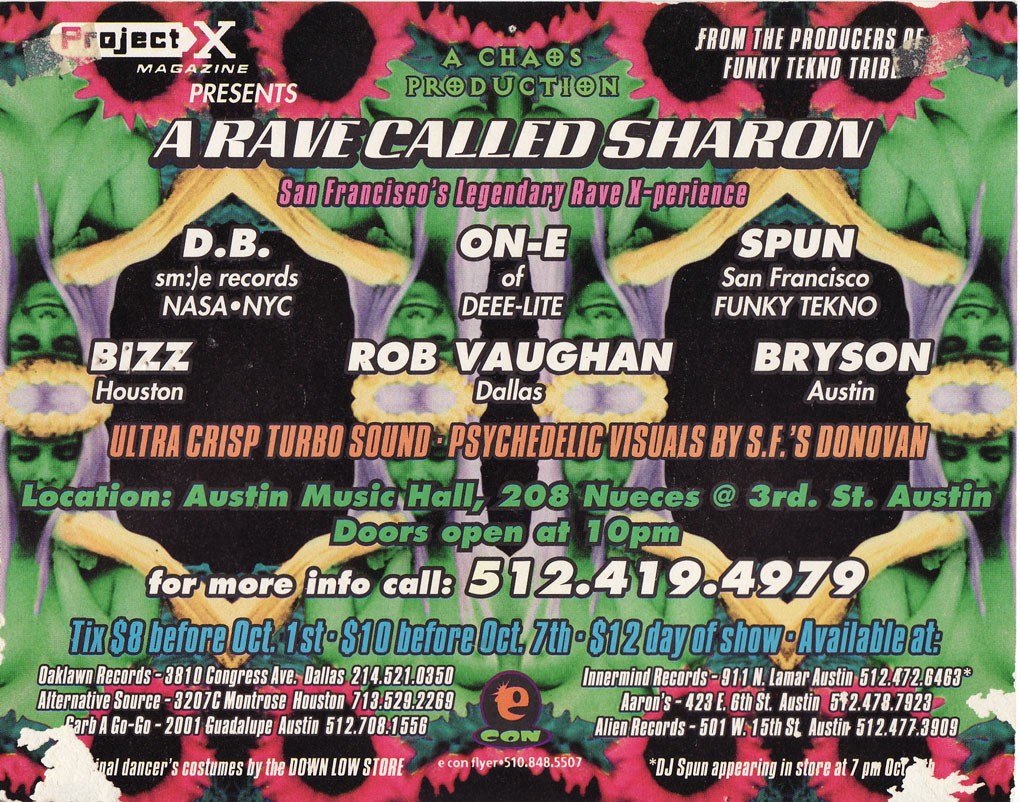
I wanted to make the space that I broadcasted similar to a sales flyer that we would sometimes obtain while we were shopping. The cross stream should feel cheap and “dirty” to emphasize the idea that we were conveying. It symbolizes the auction of organs or body parts as part of a supermarket sale that would be sold off for low prices.

Lastly, I wanted the viewers to interact with the video. Having the example of Hole-in-Space, it was an interesting piece that allowed people from different sides of America to interact with one another. In order to replicate the same effect, I am constantly talking to the screen in order to achieve that interaction, as I asked the viewer what was the acceptable price for the types of organs that was on sales.
In Conclusion, I felt that the cross-stream was an interesting project that allowed us to explore the price of humanity. The project was also an accumulation of our knowledge on internet art and the “third space”.




